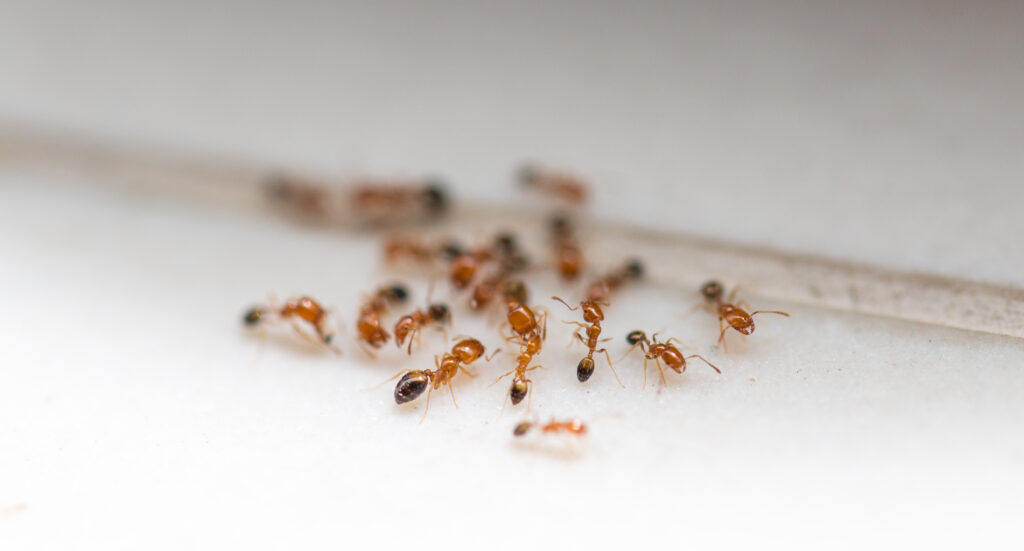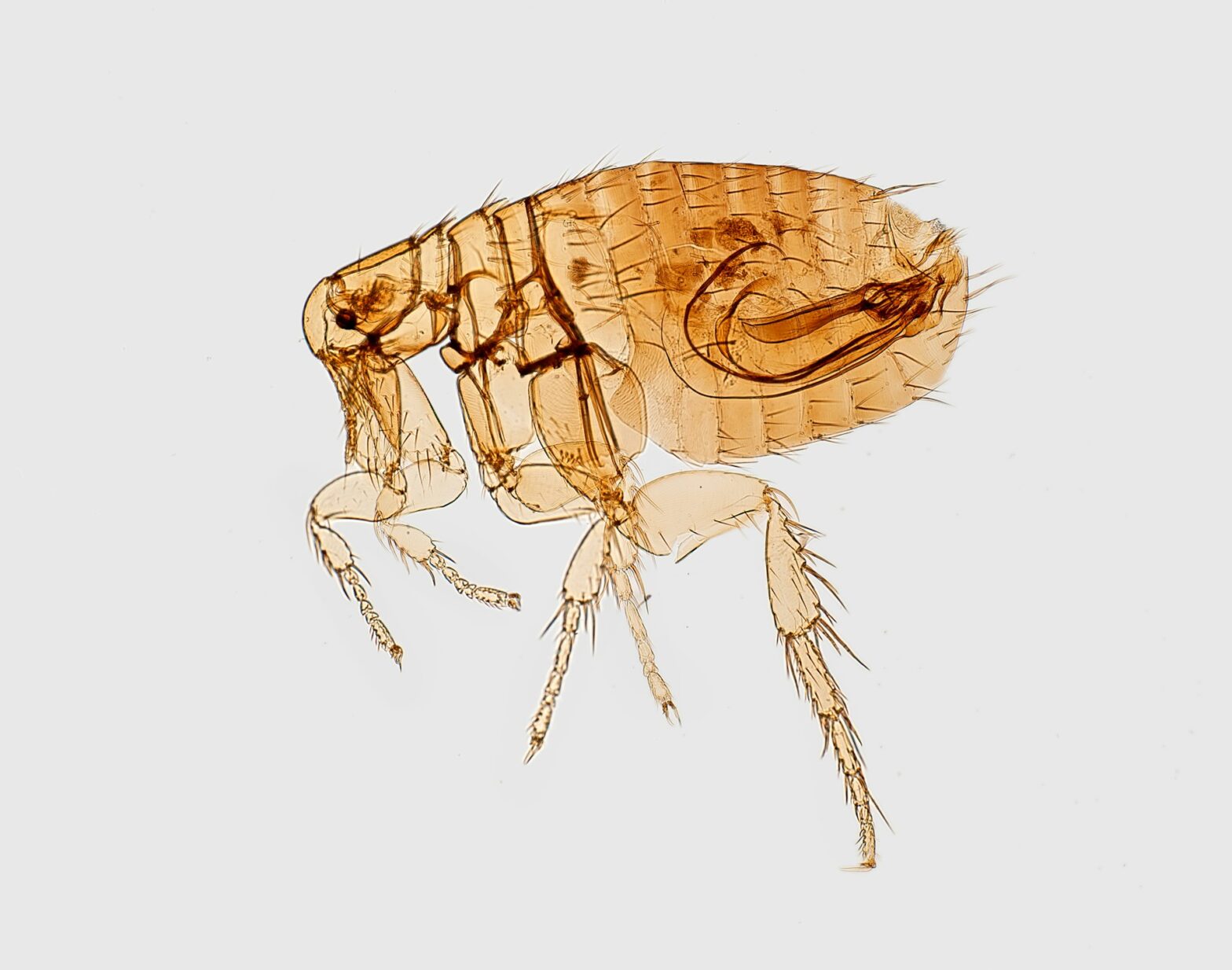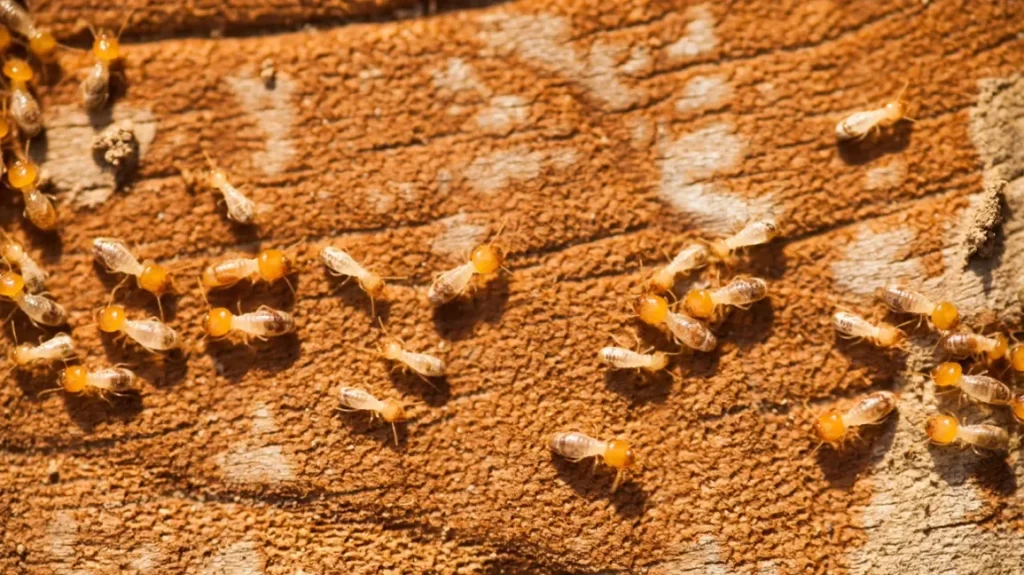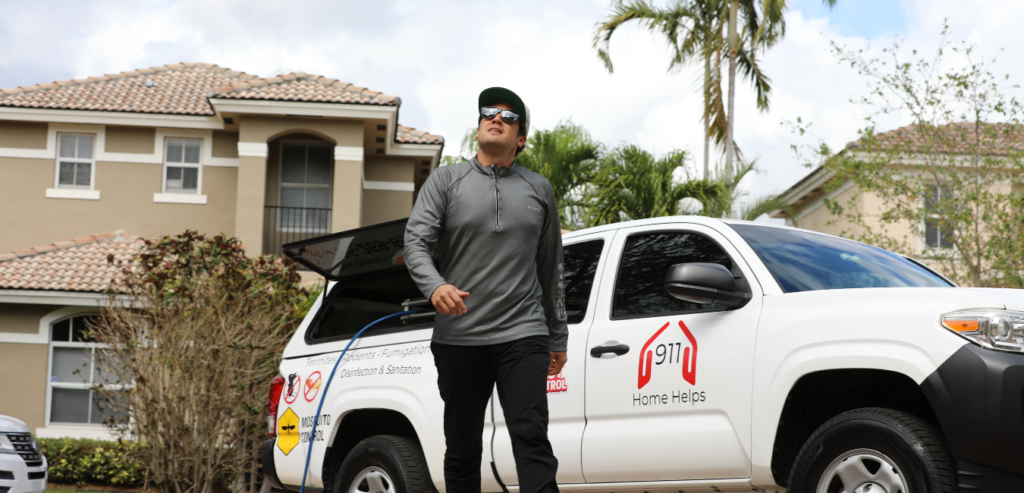
Why Early Detection Matters
Detecting an ant infestation early is crucial for several reasons. First, ants reproduce quickly and can form extensive colonies in a matter of days. What begins as a few ants near a kitchen counter can escalate into a persistent infestation that affects multiple areas of a home.
Some species, like carpenter ants, can cause structural damage by tunneling through wood. Others, such as pharaoh ants, are known to contaminate food and spread bacteria. Ant trails may also attract other pests, further complicating the problem.
Understanding the potential health concerns linked to pest infestations adds even more urgency to catching the problem early. By recognizing an infestation in its early stages, homeowners can intervene before the problem escalates, avoiding costly damage and ensuring a safer living environment.
Common Signs of an Ant Infestation
Ant infestations can be subtle at first, but several telltale signs may indicate a growing problem:
- Visible trails of ants: Ants often move in a line to and from a food source. These trails are particularly noticeable along baseboards, countertops, and walls.
- Ant nests: Some species nest outdoors but enter homes for food. Others may establish colonies inside walls, under flooring, or behind appliances.
- Discarded wings: Flying ants, or “swarmers,” shed their wings after mating. Small piles of wings near windows or doors are a sign that ants may be nesting nearby.
- Rustling or faint tapping sounds: Carpenter ants, which burrow into wood, sometimes create audible sounds within walls or furniture.
- Wood shavings or sawdust: A byproduct of carpenter ant activity, these materials may collect under baseboards or near entry points.
Recognizing these signs early allows for faster, more effective treatment before the infestation worsens.
Common Types of Ants Found in Homes
Not all ants behave the same way or require the same control methods. Understanding which type of ant is present can help in choosing the right approach:
- Odorous House Ants: These ants are small and brownish-black. When crushed, they emit a strong, rotten coconut-like odor. They are typically found near moisture or sugary foods.
- Carpenter Ants: Larger than other common household ants, carpenter ants tunnel through wood, potentially damaging the structure of a home.
- Pharaoh Ants: Tiny and yellow or light brown, pharaoh ants are known for their ability to nest in small, hidden spaces, especially in kitchens and bathrooms.
- Pavement Ants: Often found around concrete or masonry, these ants can invade homes through cracks in foundations or around windows and doors.
- Argentine Ants: These ants form large colonies and can become a serious problem due to their aggressive foraging behavior.
Correctly identifying the species is essential for applying the most effective control strategy and for preventing future re-infestations.
Safe and Effective Treatment Options
Once an infestation is confirmed, selecting the right treatment approach is key. Homeowners may be tempted to use DIY sprays or traps, but these often only treat the visible ants and not the entire colony. A more comprehensive approach includes:
- Baiting systems: These attract foraging ants, which carry poisoned bait back to the colony, eventually eliminating it.
- Non-repellent insecticides: Applied in strategic areas, these substances allow ants to carry the product into the nest before dying.
- Sealing entry points: Caulking cracks and sealing gaps around windows, doors, and utility lines helps prevent ants from re-entering.
- Eliminating attractants: Keeping kitchens clean, storing food in airtight containers, and repairing leaks can reduce the appeal of your home to ants.
Adopting simple day-to-day habits that reduce pest attraction can make a noticeable difference alongside professional treatment. For more persistent infestations or high-risk species like carpenter ants, professional pest control is often the safest and most effective solution.
When to Seek Professional Help
While small ant problems may be manageable with over-the-counter products, a growing or recurring infestation typically requires expert assistance. Professional pest control providers have the training and tools to locate nests, correctly identify species, and apply targeted treatments.
If you’ve tried DIY solutions without success or if ants return soon after treatment, it’s a strong indicator that the colony is entrenched or that multiple nests are involved. Professionals can also assess the home for related issues, such as moisture buildup or structural vulnerabilities, that may be contributing to the infestation.
Take Action Against Ant Infestations
Don’t let a minor ant problem become a major headache. If you’re seeing signs of an infestation or need help identifying the species affecting your home, contact the professionals at 911 Home Helps for a thorough inspection and safe, effective treatment today.




